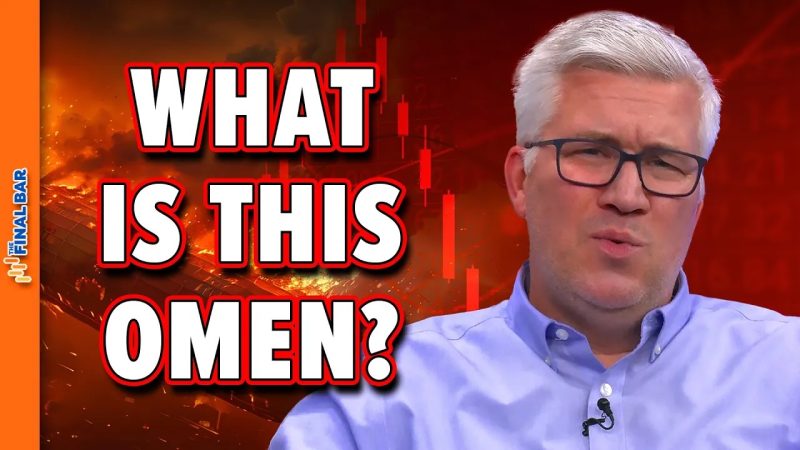The Hindenburg Omen: Understanding Its Significance in Financial Markets
History of the Hindenburg Omen
The Hindenburg Omen is a technical analysis pattern named after the infamous Hindenburg disaster that occurred in 1937. This event involved the crash of the German airship Hindenburg, known for its catastrophic failure and tragic consequences. In financial terms, the Hindenburg Omen is a bearish indicator that signals potential market downturns based on a series of technical criteria.
Key Aspects of the Hindenburg Omen
The Hindenburg Omen comprises several specific conditions that must be met simultaneously for the signal to be triggered. These conditions typically include a high number of stocks hitting new 52-week highs and lows, as well as a high level of volatility in the market. The occurrence of these factors within a relatively short period is seen as a warning sign of potential market turbulence.
Effects of the Hindenburg Omen
When the Hindenburg Omen is triggered, it can lead to increased investor anxiety and heightened market volatility. Traders may become more cautious, leading to selling pressure and a subsequent decline in stock prices. This bearish sentiment can sometimes escalate into a broader market correction or even a full-blown bear market if the underlying economic conditions worsen.
Duration and Validity of the Hindenburg Omen
One of the key challenges associated with the Hindenburg Omen is its reliability and predictive power. While the signal has been associated with various market downturns in the past, it is crucial to note that not every occurrence of the Omen results in a significant market decline. Some analysts argue that the Hindenburg Omen may be more relevant in specific market conditions or when combined with other technical indicators for confirmation.
Conclusion
In conclusion, the Hindenburg Omen remains a controversial and debated topic among market analysts and investors. While it can serve as a warning sign of potential market turbulence, its predictive accuracy and effectiveness are subject to interpretation. Investors should exercise caution when considering the Hindenburg Omen as a sole basis for making investment decisions and always seek a comprehensive understanding of the broader market environment.
